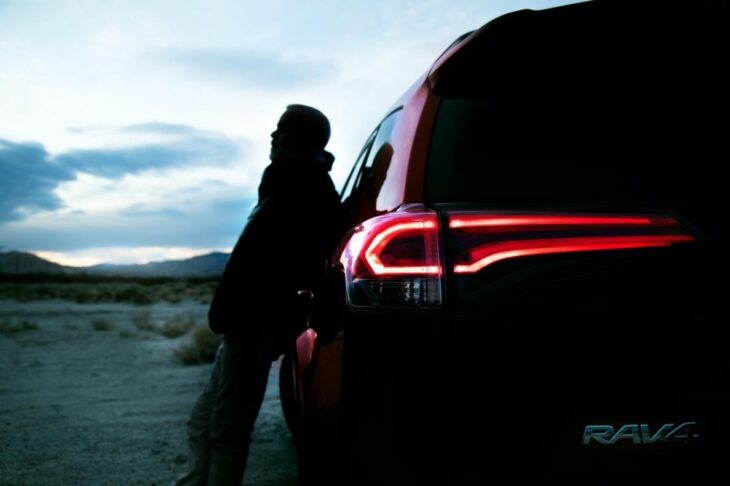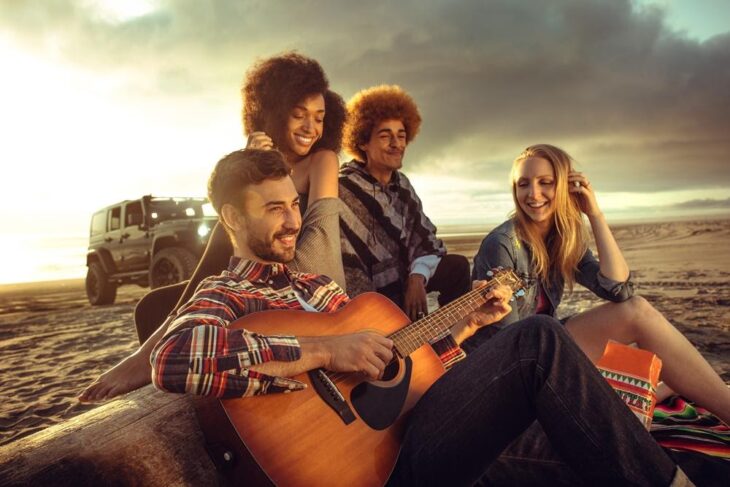No doubt, buying your first car is an incredible feeling. So unbelievable that it becomes for some people one of the most memorable moments of their lives. You will feel so thrilled that you likely will want to share pictures of your wild machine immediately with your family and friend—probably through social media apps such as Instagram and Facebook.
Why not take those pictures to the next level and give them a professional look that will make your car look stylish from all angles?
The Los Angeles and Portland-based professional automotive photographer, Pedro Oliveira, offers a few tips on how to take the best pictures of your car and impress everybody!
Pedro Oliveira is one of the most celebrated photographers in the world. Known primarily for his traveling documentary portraiture around the world, and the award-winning projects, “Careful: Soul Inside” & “Beyond the 60th Sense,” that dealt with stories of homeless people and women empowerment, less be known is the fact that Pedro is also an amazing advertising automotive photographer who has photographed some of the most exquisite cars on the planet but also makes day-to-day cars look like real machines:
“With the right light, your phone or camera, and a little bit of creativity, I guarantee you can take amazing pictures of your car”, He says.
Being only 31 years old, Pedro Oliveira knows well the excitement of being a new car owner. He jokes that getting a new car is similar to the excitement he felt when he bought his first camera:
“[…]granted that with what my first camera would be worth today, I likely wouldn’t be able to buy a gallon of gas with it, let alone a brand new car,” He teases.
Today, the photographer shares a few automotive photography tips to capture your car’s beauty accurately through your lens and blow your friend’s minds. You can find more about his projects on pedrontheworld.com.
Contents
1. Chase the light
Automotive environmental photography depends a lot on even light. For a boost of drama in your pictures, Pedro recommends shooting during the golden hour. Golden hour is the time just after sunrise and a few minutes before sunset. This provides low-angle sunlight that adds warmth and texture to your photos.
“Sure, you will get ample light if you shoot at 12 PM, but it will overexpose the photos, making them look burned, not to mention that the car becomes a gigantic mirror. You need a balance between adequate light and warmth, and there’s no better time than the golden-hour to get that balance,” Pedro explains.
2. Control the depth of field
Depth of field is a photography-lingo that means defocusing the background. When you shoot your car, you would want to highlight its features and not focus on the trees or lampposts around. Adjusting the depth of the field will highlight your car and defocus these unwanted objects. Set the aperture to something around F.4 and 8 and increase the shutter speed. This will defocus the background and make your car pop out in the images.
Conversely, if your goal is to incorporate the environment to the image, increase the F stops to something around 10 or 11 and increase the ISO to adequate exposure. Environmental photos are a sequence of trials and error, and you will have to look on the back of the camera or phone to make sure you’re getting the correct exposure. Keep in mind that those terms despite a little technical are quite simple to understand, and just playing with your “Pro” mode of your camera or phone should be enough to grasp a bit of what each one does.
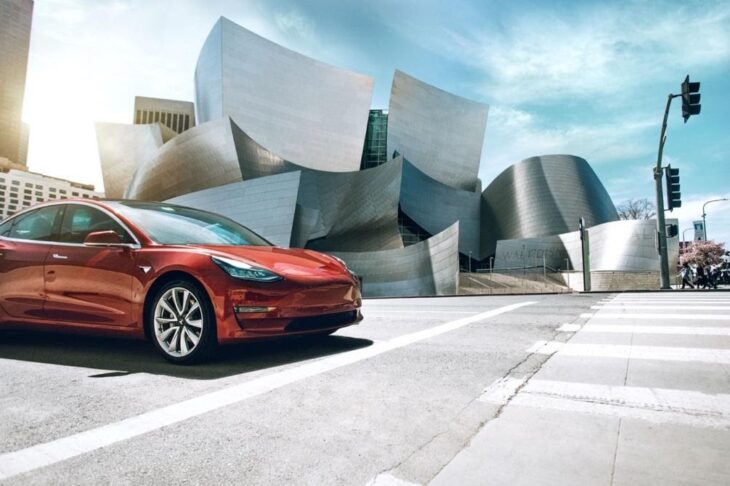
3. Change your Eye-level
Shooting your car at eye level will make the photos look monotonous. You can take tons of shots from the front, sides, and back but even with the golden-hour light, the images won’t look stylish. Pedro advises you to change your eye level and try to capture your car from different angles. You can take low-angle shots from the left-bottom corner, focusing on one headlight and the car’s logo. The idea is to break from the standard eye-level shots and bring some sense of movement to the images.
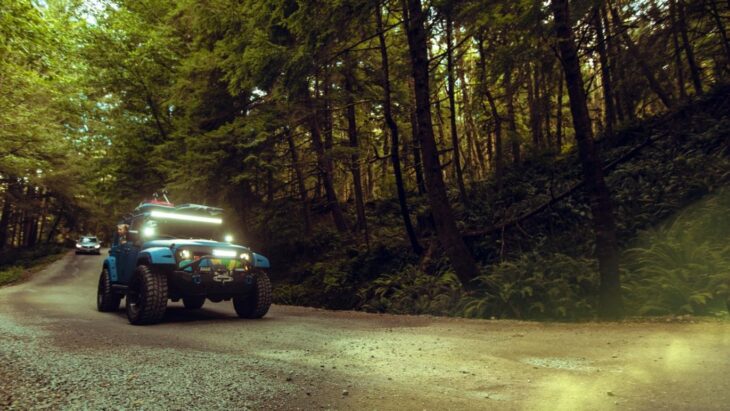
4. Avoid reflections
As Pedro mentioned earlier, a new car is like a glossy mirror. It will reflect anything within its range. Pedro suggests that you should avoid reflections in your photos. He believes it is better to avoid shooting your images against direct sunlight or constant light spots. It would be best if you also avoided trees and buildings around, unless, of course, your creative process involves adding such reflections to your scene.
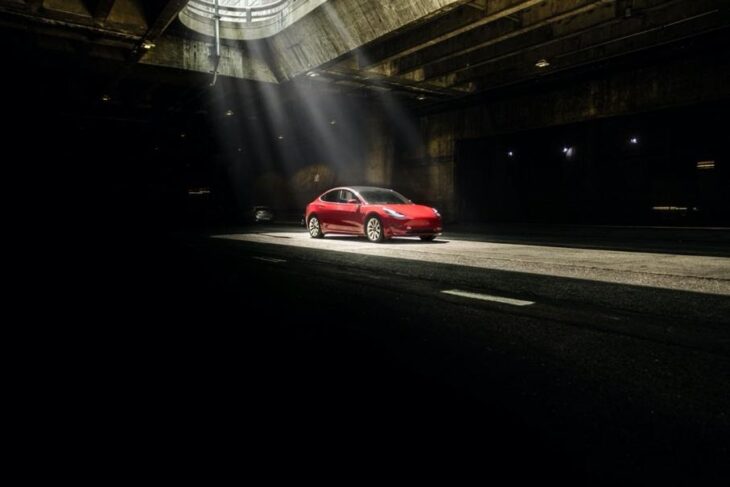
5. Take driving shots
Driving shots will make your car look super-cool. You will need two drivers, though: one who will drive your car, and another, who will drive the car from which you will take the photos. Ask the second driver to take you slightly ahead of your car. Increase your camera’s shutter speed and keep clicking multiple shots. For this type of shot, you have to keep a steady hand and always focusing on one specific point of the car. You likely won’t have time to check the images on the back of the camera, so finish the set and see what can be improved and repeat it.
Make sure you use a wide-angle lens to make your car stand out from the background while still blending with the background environment.
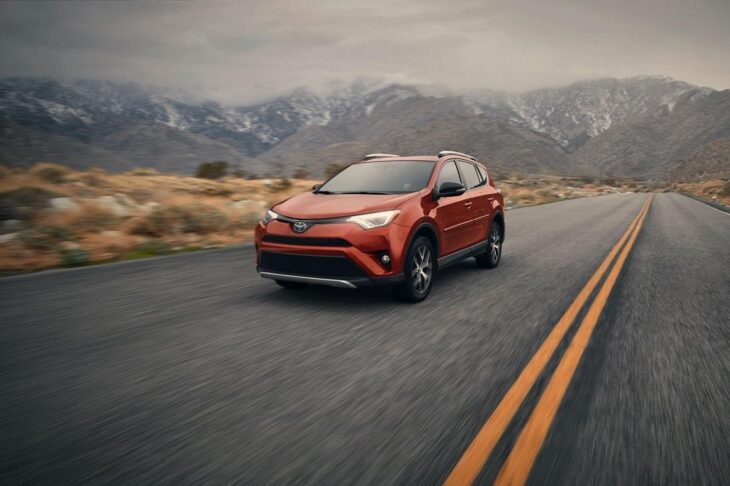
Safety, Safety, Safety
Pedro has taught and provided straightforward photography tips to hundreds of beginner photographers. It always delights him to see the work of hobbyists or new photographers, improved by his tips. With that being said, he warns about one item that can’t be left out of your toolbox: safety!
Whenever attempting any automotive shoots, avoid shooting in busy streets or city traffic, don’t over speed, or drive/ride without seatbelts. Safety should be the most important item in your checklist.
Have fun!
